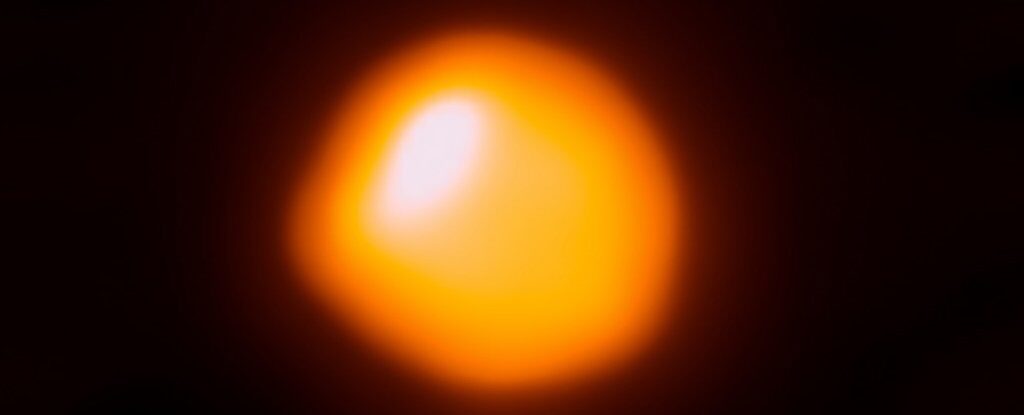
© ALMA - ESO/NAOJ/NRAO, E/O'Gorman/P.KervellaRed giant star Betelgeuse.
Since what has come to be known as the Great Dimming that took place in the latter half of 2019 and early 2020, the red giant star
Betelgeuse just will not stop with the wackiness.
The dying star's regular cycles of brightness fluctuation have changed, and now Betelgeuse has grown uncharacteristically bright. At the time of writing, it was sitting at 142 percent of its normal brightness.It's been fluctuating back and forth on a small scale but on a steady upward trend for months and hit a
recent peak of 156 percent in April.
Currently, Betelgeuse is the 7th brightest star in the sky - up from its normal position as the 10th brightest,
triggering speculation that Betelgeuse is about to blow in a spectacular supernova.Sadly, it probably isn't. Although Betelgeuse is on the brink of death in cosmic timescales, on human timescales, its supernova could be 100,000 years away.
According to scientists, its current behavior is more likely a bit of ongoing wobbliness following the 2019 dimming, and the star will return to normal within a decade.
Betelgeuse, located around 700 light-years from Earth, is one of the most interesting stars in the sky. It hangs above us, glowing like a bloodshot eye, a star in the red giant stage that marks the end of its life.
But Betelgeuse is an uncommon type of star, even for a red giant. Once upon a time, it was an absolute monster: a blue-white O-type star, the most massive stellar weight class.
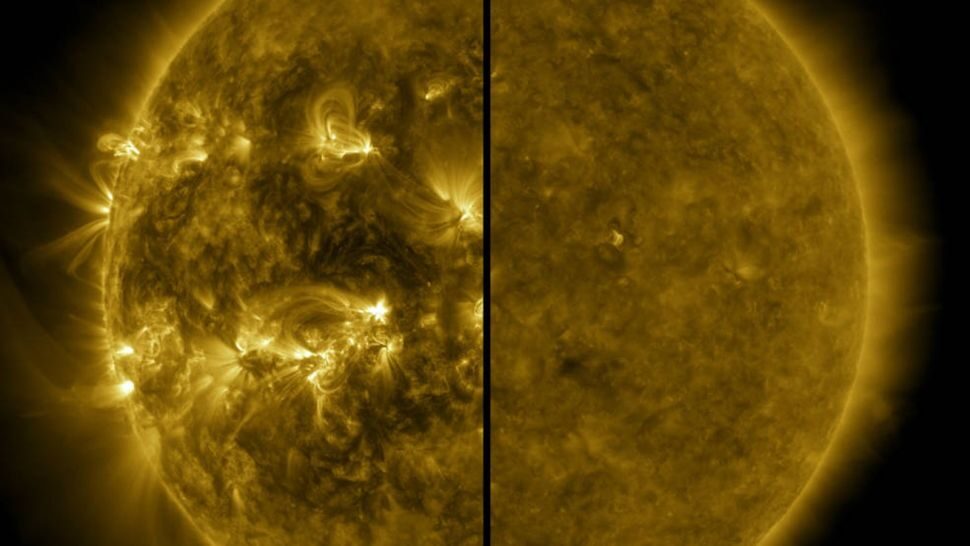

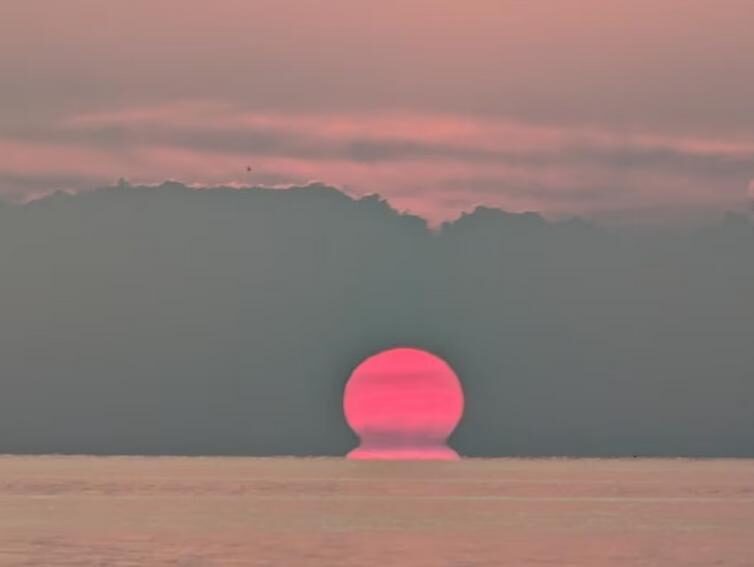
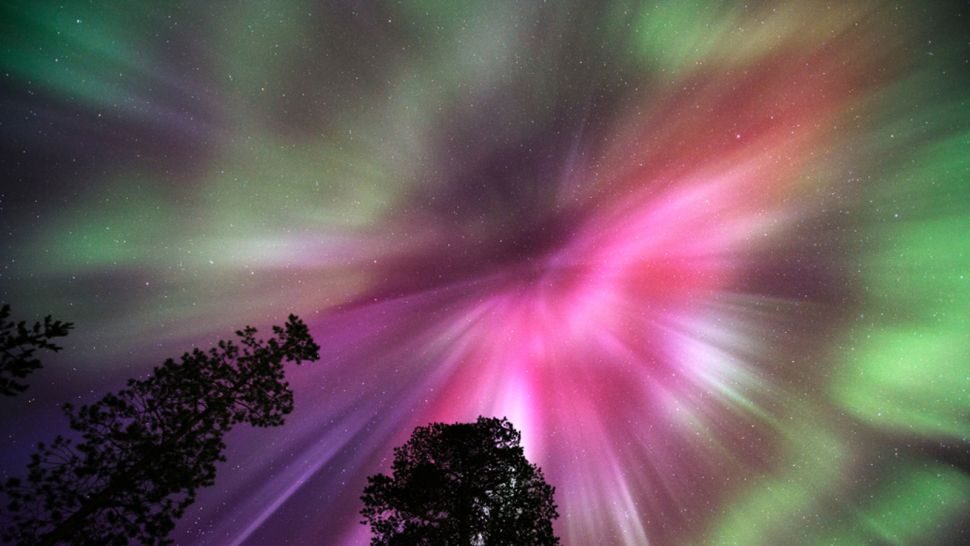
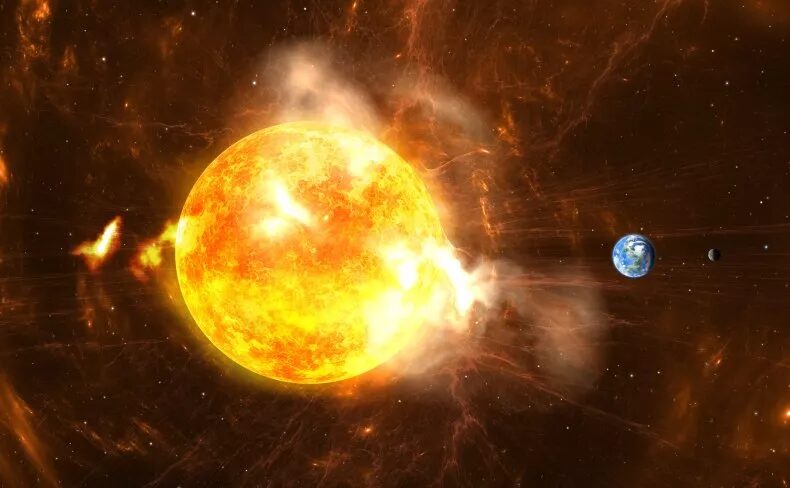



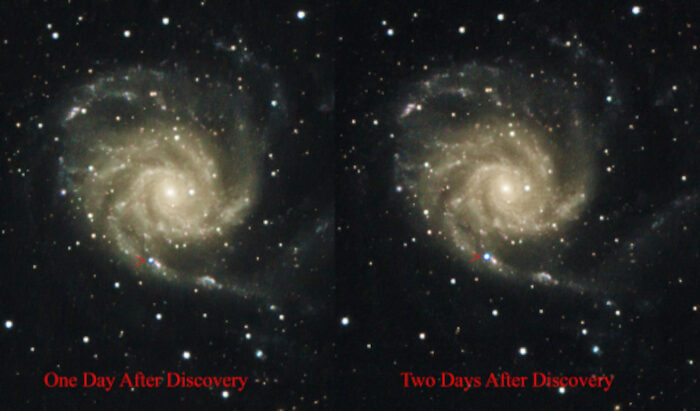
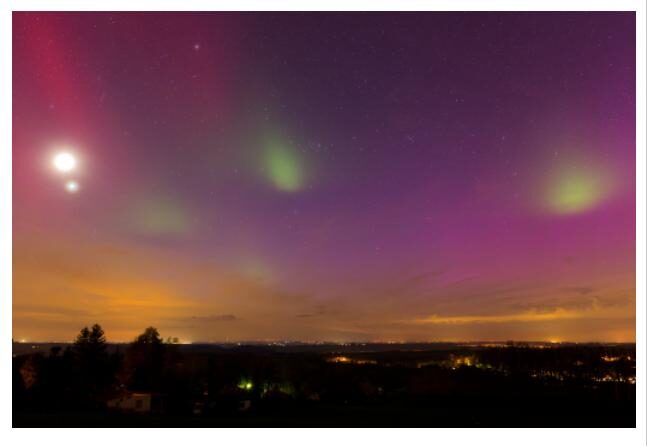



Comment: See also:
- The Seven Destructive Earth Passes of Comet Venus
- Planet-X, Comets and Earth Changes by J.M. McCanney
And check out SOTT radio's: